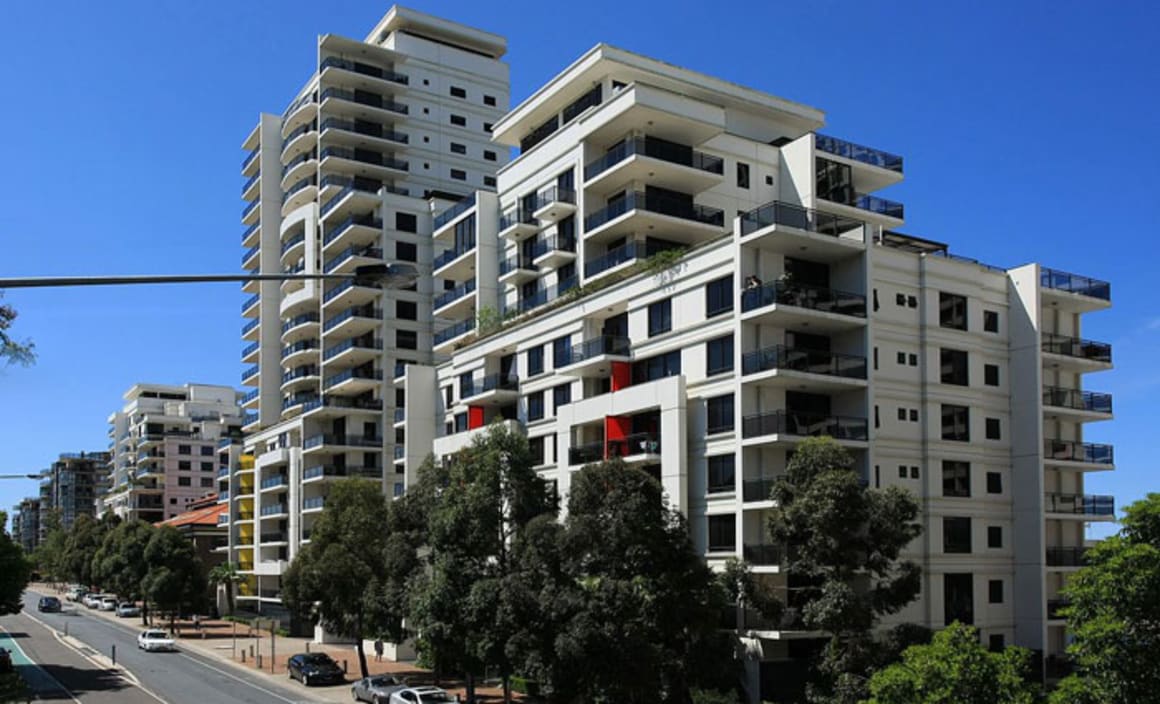The value of good neighbours in apartment living: Peter Chittenden

I’ve spent almost 2 decades marketing and developing apartment projects of varied kinds, big and small, across lots of price brackets and in many locations, and I’ve been interested to observe how apartment living has evolved. We all know that more of us are now living in apartments, a trend that’s set to continue as we see much more high-density living becoming commonplace.
Over the past few weeks I looked at how important ‘place making’ has become as part of the development cycle as many inner-city areas are completely transformed. But there’s another more personal and communal side, a more everyday intimate side to apartment living that I think anyone associated with the development and marketing of apartments should be mindful of, and that’s the value of good neighbours.
Apartment living involves much closer connections between neighbours, a closer sharing of space and facilities. And while not living in the pockets of our neighbours, good relations and a friendly building in a high density community is always desirable.
While we have various area of legislation to help manage apartment buildings, even if the current rules are out-dated, which they are, just what makes a good neighbour and how people living in an apartment generally view the ups and downs of their lifestyle, gives some valuable insights.
Considering this topic further there are, as might be expected, some die hard and often repeated comments about neighbours and the ‘likes’ and ‘dislikes’ about apartment living.
Community Connections
Here’s a quote I recently came across. “The human body has 7 trillion nerves, and you manage to get on every single one of them.”
The point is I guess that it’s more or less human nature that sooner or later someone or something will get on our nerves and when an apartment project is complete, or when a buyer comes into an already established building, there’s a neighbourhood, a vertical community that the buyer connects with.
In an apartment community, living in close proximity there’s some clear ideas on just what makes good (and unfortunately bad) neighbours. Most items on the list come down to some very basic things, some of which are addressed by rules and regulations, but there are some where improved planning and design can and does make a significant difference.
Good Neighbours
From experience and with lots of feedback from past buyers and my sales team, some of the key attributes of good neighbours revolve around predictable areas like parking, the use of common areas, security, noise, pets, rubbish, smells and building management.
It’s also thought-provoking, but I think not unexpected, that when you ask people, or read research about what individuals like and dislike about apartment living that many of the same topics are always on their list. On the downside many lists of ‘dislikes’ focus on smells, pets, noise and poor management. While the up-side the list often features cost (affordability), easy maintenance, security and personal safety and access to amenities, although in some markets cost might now be a more subjective measure.
Common Areas a Common Concern
Medium and high-density apartment living will always involve the use of shared areas, common property and when you look at some of the issues that people refer to here, I find myself thinking that ‘shared’ or ‘co-operative’ property could be a better way to describe such areas.
Well-designed key facilities that make up common property do play a big part in creating appealing projects, and good neighbours do not neglect or abuse common property. The key issues usually comes down to things like blocking parking access, the abuse of visitor parking, or leaving rubbish in common areas. It’s one of the reasons the building management is a common focus.
When it comes to subjects like smells, noise and pets there’s been lots of work done here, and I think that generally all new buildings avoid concerns of smells and noise and the rules around pets are usually very clear cut. I think that having foyer areas open to natural ventilation and the wider use of tiles have made a big difference to how buildings function and are maintained.
Building design does address noise, but it’s also important to have a well-connected community so that a friendly chat can help diffuse concerns over excessive noise.
Building Management and Community
While a review of Strata Legislation in NSW is hopefully soon on its way and has been a long time coming, good neighbours is still something that can not be forced into place by legislation. There’s always room and I think willingness for having good building community, a community of neighbours, where being social and friendly will usually occur naturally. Keeping an eye open on security, understanding that common areas are shared property and a co-operative approach to management will always be a positive.
In many markets a great deal of attention is paid to price movements and the demand for apartments, still I think we need to always remember that community and the value of good neighbours are important to buyers and all residents.
Market conditions are always evolving and I also consider that keeping these everyday issues in mind does help in planning and designing new buildings and also how we structure key marketing. I consider the value of community and good neighbours are part of what demographics aims to measure beyond the published figures we are all familiar with. A friendly and co-operative apartment community, no matter how big will always help sooth a majority of those 7 trillion nerves!
Peter Chittenden is managing director for residential of Colliers International. He can be contacted here.